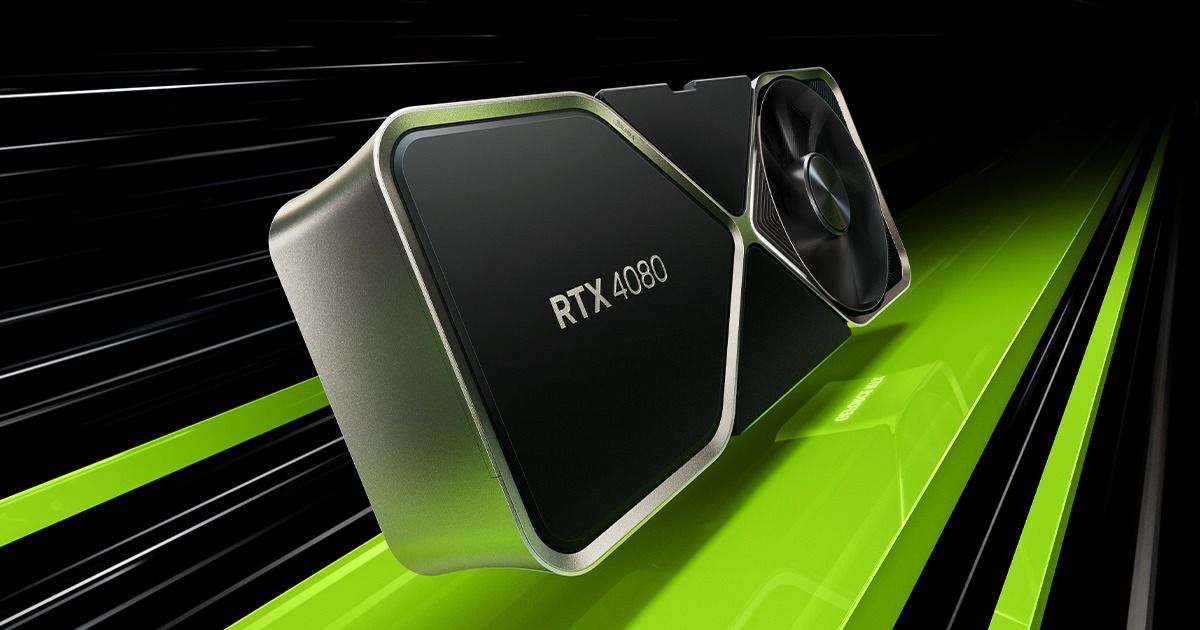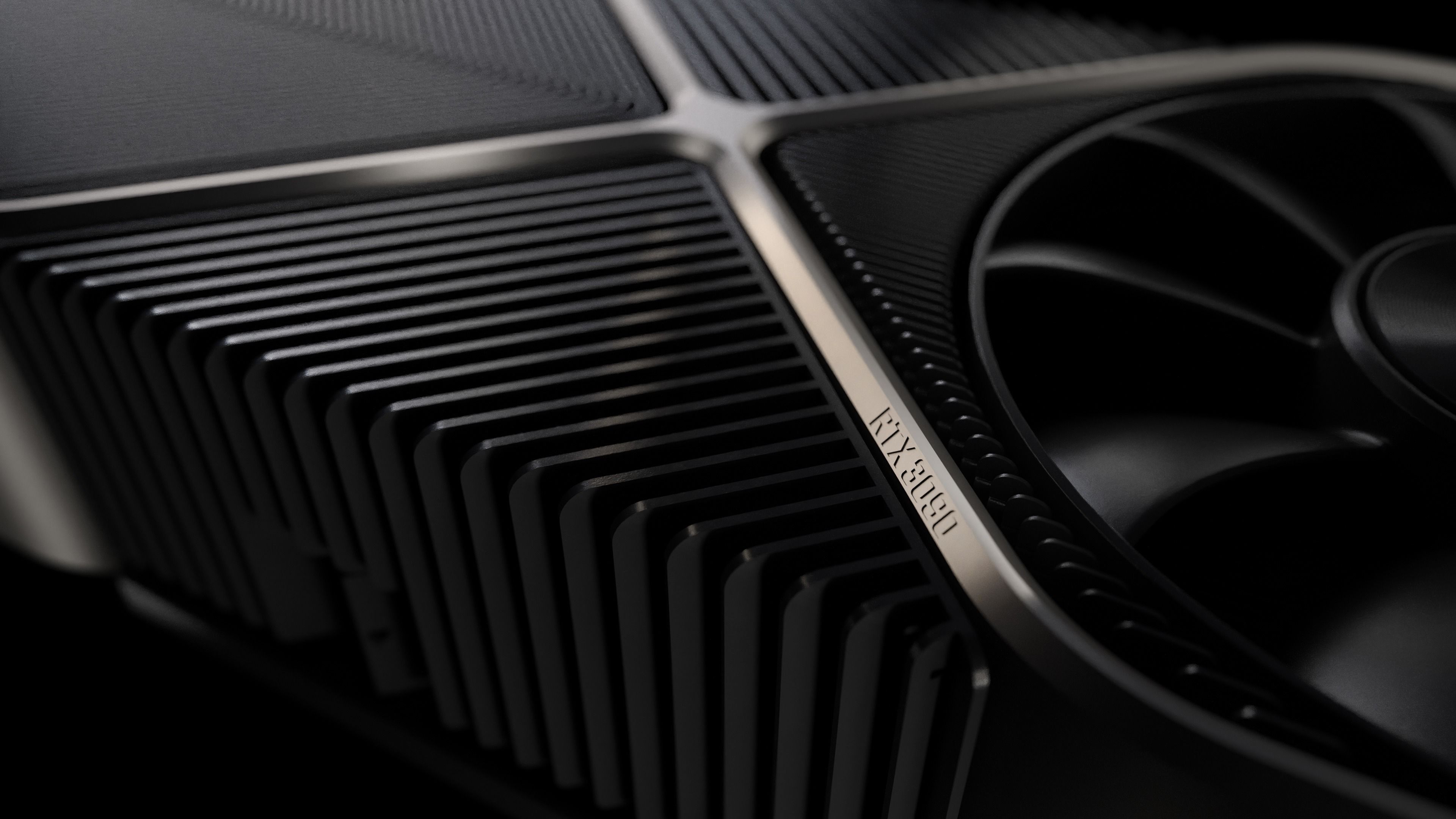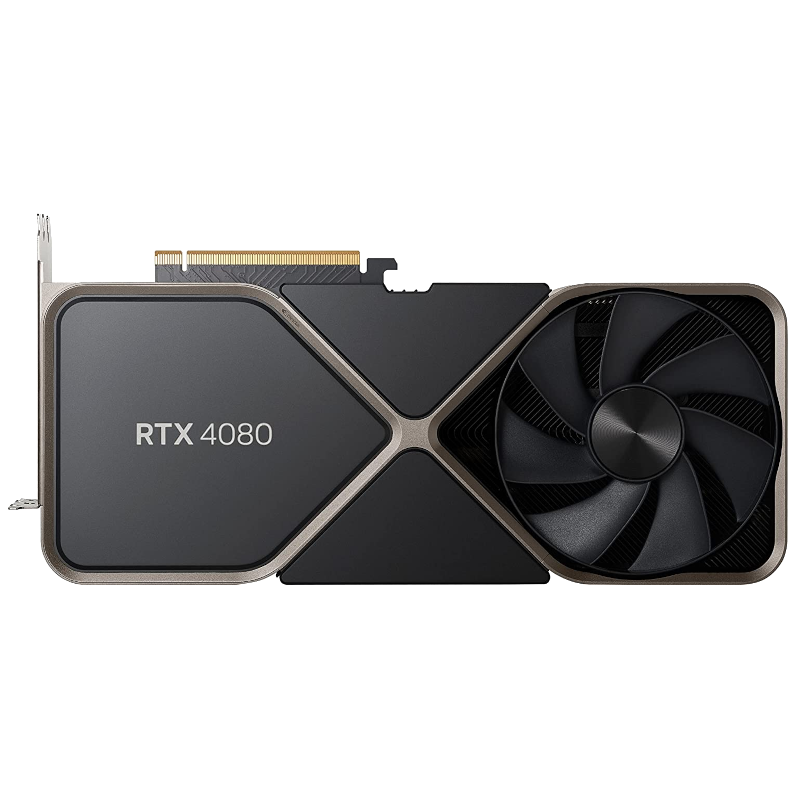A newer card or an older but more premium card: which comes out on top?

Source: NVIDIA
So, you’re looking for a new GPU, and naturally, you start off with some of the best GPUs before you eventually start thinking about Nvidia’s GeForce RTX 4080. The 4080 is the better choice over the 3090 Ti, but is it the better choice over the regular 3090? The 4080 is the newer card from the current generation, but the 3090 is the more premium card from its older lineup, so it may not be an obvious choice between the two when deciding on a GPU.
The short answer here is that the 4080 is the superior card versus the 3090, even if the 3090 is usually more expensive. However, there might be some scenarios where you’d prefer the 3090, depending on what you’re looking for.
GeForce RTX 4080 vs 3090: What to know
Pricing will be a huge factor here

Source: Nvidia
In terms of pricing, the RTX 4080’s MSRP is $1,200, while the RTX 3090’s MSRP is $1,500. However, you’ll tend to find 4080s, depending on the model, for between $1,200 and $1,500 today, while most 3090s usually sell for above $1,500. In all likelihood, the 4080 will be the cheaper card, but you can keep an eye out for sales.
Regarding specs, the RTX 3090 features 24GB of VRAM, 10,496 CUDA cores, a base clock of 1.4GHz, a boost clock of 1.7GHz, and a power draw of 350W. Meanwhile, the RTX 4080 comes with 16GB of VRAM, 9,728 CUDA cores, a base clock of 2.2GHz, a boost clock of 2.5GHz, and a power draw of 320W. In general, this adds up to more horsepower on the side of the 4080, especially in games, thanks to significantly higher clock speeds.
There may be certain applications that heavily rely on GPU memory capacity where the 3090 may have an advantage over the 4080, but in general, you can expect better performance with the 4080, especially in games.
The 4080 also features a newer architecture over the 3090, Ada vs Ampere, which brings some new DLSS tech to the table. The highlight is DLSS’s Frame Generation, which can leverage AI technology to generate new frames for games on the fly, increasing framerates in the titles that support the technology. Both the 3090 and 4080 support up to DLSS 3.5, which improves framerates and performance over cards that don’t support DLSS at all, but DLSS on the 3090 doesn’t support Frame Generation.
We haven’t drawn up benchmark numbers on the 3090, but in our testing of the 4080 and the 3090’s big brother, the 3090 Ti, we found the 4080 to produce meaningfully better performance and framerates in games. However, if you’re wondering about ray-tracing, both the 4080 and the 3090 do support ray-tracing, so you will have access to that technology with both GPUs.
There may be certain applications that heavily rely on GPU memory capacity where the 3090 may have an advantage over the 4080, like if you’re a professional video editor or animator, but in general, you can expect better performance with the 4080, especially in games.
RTX 4080 vs 3090: Which should you buy?
While both the RTX 3090 and RTX 4080 are premium GPUs that offer up some very capable performance, the 4080 comes with more features, like Frame Generation, a newer architecture, and better game performance. Plus, you can find a 4080 at a lower price most of the time.
Unless you’ve got a particular reason why you need a 3090, or if perhaps you find an especially excellent deal on one, we’d recommend going with the 4080 for your next graphics purchase.

Nvidia GeForce RTX 4080 Founders Edition
Nvidia’s RTX 4080 features a new architecture, the latest DLSS tech that comes with Frame Generation, and it comes in at a cheaper price than the previous-gen 3090 and the premium 4090. All-around, this is an excellent GPU for just about any purpose. If you’re looking for a card, put this on your radar.
